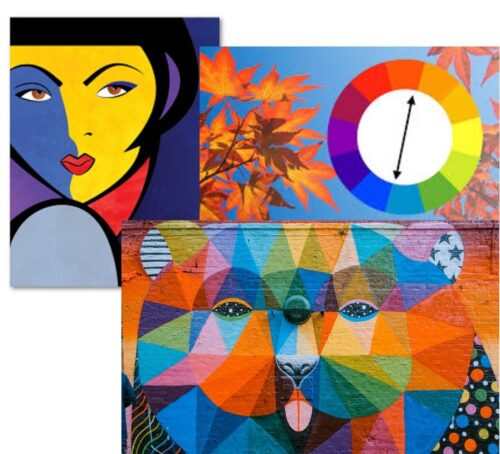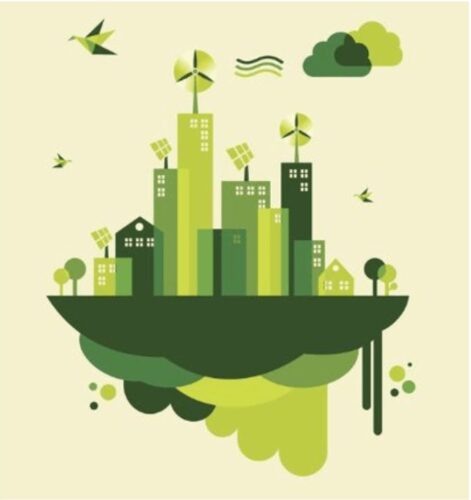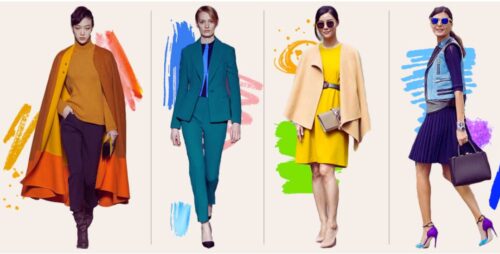Next-Generation Fabrics
“Next-generation fabrics are not just materials; they are the future of innovation, blending technology and sustainability to redefine how we experience clothing, protection, and comfort.”
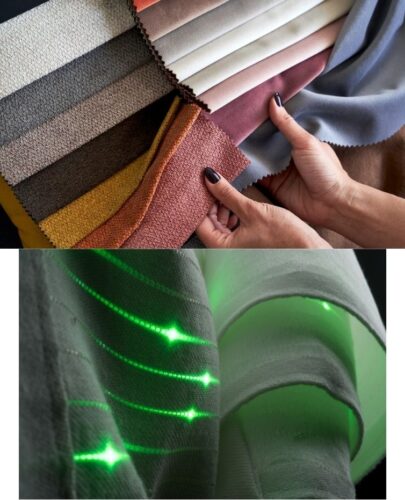
Here are the top 10 Next-Generation Fabrics, categorized by type, their uses, and an explanation of how they are made:
1. Graphene Textiles
- Type: Conductive and flexible fabric
- Uses: Wearable electronics, smart clothing, protective gear
- How They Are Made: Graphene textiles are created by coating or integrating graphene, a single layer of carbon atoms, into fabric fibers. This process involves using chemical vapor deposition or transferring graphene sheets onto textiles to provide conductivity and flexibility.
2. Mycelium Leather (Mushroom Leather)
- Type: Biofabricated leather alternative
- Uses: Fashion, furniture, accessories
- How They Are Made: This material is grown from mycelium, the root structure of fungi. The mycelium is cultivated under controlled conditions, shaped, and then treated to create a leather-like texture. It is a sustainable and biodegradable alternative to animal leather.
3. Tencel (Lyocell)
- Type: Regenerated cellulose fiber
- Uses: Apparel, activewear, home textiles
- How They Are Made: Tencel is made from wood pulp, primarily sourced from eucalyptus, beech, or spruce trees. The pulp is dissolved in a non-toxic solvent, and then extruded to form fibers. The process is closed-loop, meaning the solvent is recycled and reused, making it environmentally friendly.
4. Pinatex
- Type: Plant-based leather alternative
- Uses: Footwear, bags, accessories
- How They Are Made: Pinatex is made from the fibers of pineapple leaves, a by-product of the pineapple harvest. The fibers are extracted, processed into a non-woven mesh, and then treated to create a durable, flexible material that resembles leather.
5. SeaCell
- Type: Seaweed-based fabric
- Uses: Clothing, healthcare textiles
- How They Are Made: SeaCell is produced by embedding seaweed into a cellulose fiber, typically lyocell. The seaweed retains its natural nutrients, which can be absorbed through the skin. The process involves blending the seaweed with the cellulose fiber and spinning it into yarns.
6. Qmilch
- Type: Protein-based fiber from milk
- Uses: Apparel, medical textiles
- How They Are Made: Qmilch is made from casein, a protein found in milk. The milk is processed to separate the casein, which is then combined with other natural ingredients to create fibers. These fibers are spun into yarn and woven into fabrics.
7. Outlast®
- Type: Phase change material (PCM)
- Uses: Clothing, bedding, outdoor gear
- How They Are Made: Outlast® fabrics incorporate microencapsulated PCMs into fibers or coatings. These PCMs absorb, store, and release heat to regulate temperature. The microcapsules can be embedded in various textile substrates during the manufacturing process.
8. Coolmax
- Type: Moisture-wicking polyester
- Uses: Sportswear, activewear
- How They Are Made: Coolmax fibers are made from specially engineered polyester, which features a unique cross-section that channels moisture away from the skin to the fabric’s outer surface, where it evaporates quickly. The fibers are spun into yarn and used in fabrics.
9. Recycled Polyester (rPET)
- Type: Recycled synthetic fiber
- Uses: Apparel, accessories, home textiles
- How They Are Made: Recycled polyester is made from post-consumer plastic waste, such as bottles. The plastic is cleaned, shredded, and melted down, then extruded into new fibers. These fibers are spun into yarn and woven into fabrics, reducing the need for virgin polyester.
10. Aerogel-Infused Fabrics
- Type: Ultra-lightweight insulating material
- Uses: Outdoor gear, aerospace, thermal clothing
- How They Are Made: Aerogel, known for its exceptional insulation properties, is incorporated into fabrics by embedding it into the fibers or as a thin layer within a composite fabric. The process involves combining aerogel particles with a flexible binder or matrix, making it suitable for use in clothing and gear.
Why We Need Next-Generation Fabrics
These next-generation fabrics represent significant advancements in textile technology, offering unique benefits such as sustainability, enhanced performance, and innovative functionalities.
Environmental Sustainability
Traditional textile production often has a significant environmental impact, including high water usage, pollution, and waste. Next-generation fabrics, such as recycled polyester and bamboo fabric, offer more sustainable alternatives by reducing resource consumption and minimizing ecological footprints. These fabrics contribute to a circular economy by using renewable resources or repurposing waste materials, helping to mitigate the environmental challenges posed by conventional textiles.
Enhanced Performance and Functionality
Next-generation fabrics bring advanced performance features that traditional materials often lack. For example, moisture-wicking fabrics like Coolmax keep athletes dry by pulling sweat away from the skin, while phase change materials such as Outlast® regulate temperature for optimal comfort. These innovations are crucial for improving functionality in various applications, from sportswear and outdoor gear to medical textiles and everyday clothing.
Technological Integration
The integration of technology into textiles has led to the development of smart fabrics that can monitor health metrics, provide real-time data, or even power electronic devices. Graphene textiles and sensor-embedded fabrics are examples of how technology is enhancing the capabilities of textiles, making them more interactive and responsive to the needs of the wearer.
Improved Comfort and Well-being
Many next-generation fabrics are designed to enhance comfort and well-being. Fabrics such as Tencel (Lyocell) are known for their breathability and softness, while anti-microbial fabrics help in reducing odor and bacteria, promoting better hygiene. These features contribute to overall comfort and can improve the quality of life for individuals, especially those with sensitive skin or specific health needs.
Innovation in Design and Aesthetics
Next-generation fabrics are paving the way for innovative design possibilities. Materials like piezoelectric fabrics and thermochromic textiles offer unique aesthetic and functional attributes, such as color-changing properties or energy-harvesting capabilities. These innovations open new avenues for creativity in fashion and design, allowing for more dynamic and engaging products.
Safety and Protection
Certain next-generation fabrics are engineered for enhanced protection and safety. For example, Kevlar is used in bulletproof vests and protective gear due to its high strength and durability. Similarly, waterproof and breathable fabrics like Gore-Tex are essential for outdoor gear, offering protection against harsh weather conditions while maintaining comfort.
Addressing Global Challenges
As global challenges such as climate change and resource scarcity become more pressing, the textile industry must adapt by adopting more sustainable and efficient practices. Next-generation fabrics are part of this shift, providing solutions that align with environmental and social responsibility goals. By investing in these advanced materials, we contribute to a more sustainable future for the planet and future generations.
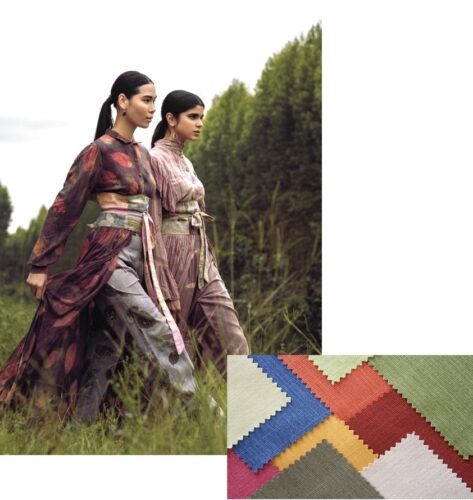
In summary, next-generation fabrics are essential for addressing contemporary issues in sustainability, performance, and innovation. They represent a significant step forward in textile technology, offering solutions that meet the evolving needs of society while enhancing comfort, functionality, and environmental responsibility.

